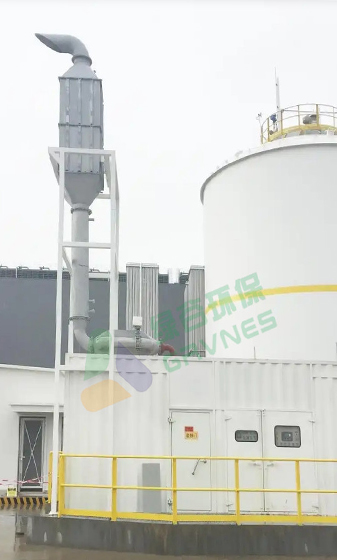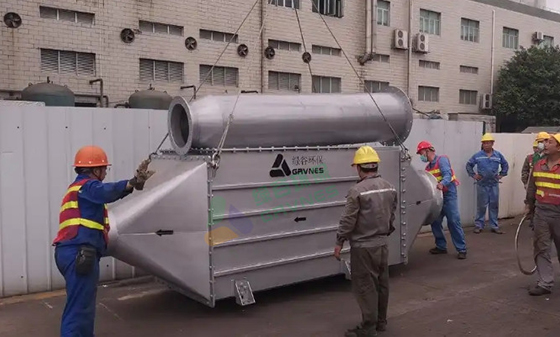GRVNES Selective Catalytic Reduction (SCR) is an advanced active emission control technology system that can reduce nitrogen oxide (NOx) emissions from new-generation diesel-powered vehicles and equipment to near-zero levels. The SCR system includes several components packaged together with other parts of the emission control system.
Selective Catalytic Reduction (SCR) is used to control NOx in diesel engine exhaust. It uses NH₃ or urea (usually a certain amount of aqueous urea solution) as the reducing agent. Under certain temperature and catalyst conditions, NH₃ is used to reduce NOx to N₂ and H₂O. Since NH₃ selectively prioritizes the reduction of NOx without reacting with O₂ first, it is called “selective catalytic reduction”. Selective Catalytic Reduction (SCR) is an active emission control technology system used in many advanced diesel engines.
Hot exhaust gas flows out of the engine and enters the SCR system, where an aqueous urea solution (called diesel exhaust fluid) is injected onto a special catalyst. The diesel exhaust triggers a chemical reaction in the exhaust gas on this special catalyst, converting nitrogen oxides into nitrogen, water, and trace amounts of carbon dioxide (CO₂), which are natural components of the air we breathe. The exhaust gas also passes through a particulate filter somewhere in the system before exiting through the vehicle’s exhaust pipe.
Post time: Jul-22-2025


